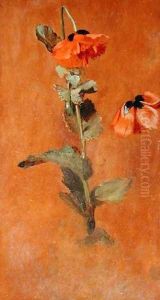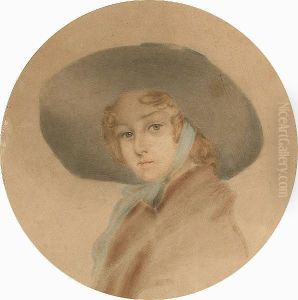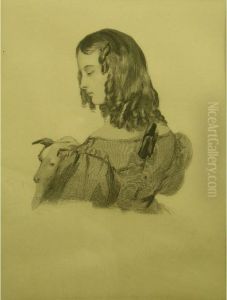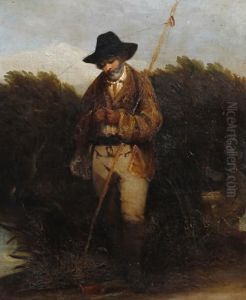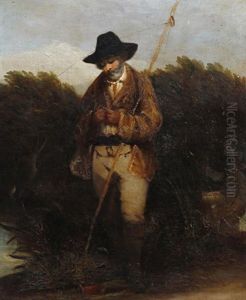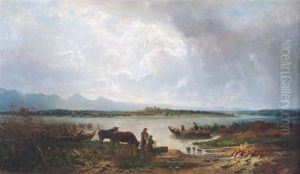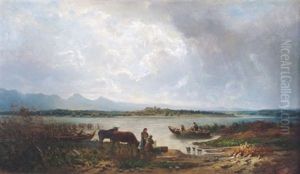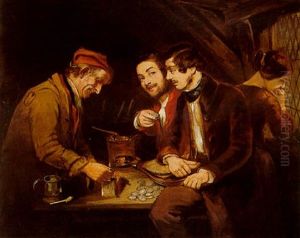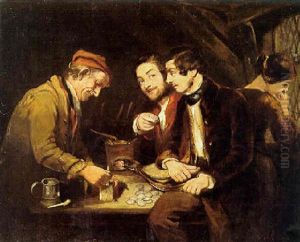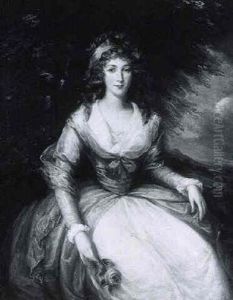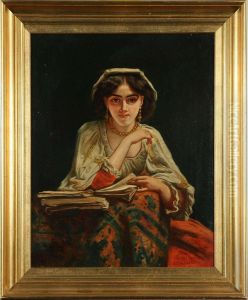James Inskipp Paintings
James Inskipp was an English painter born in 1790. He was active during the 19th century, a period that was rich in artistic development and saw the transition from neoclassicism to romanticism in British art. Inskipp is primarily known for his landscape paintings, which often featured rural English settings, as well as his ability to capture the changing effects of light and atmosphere on the landscape.
Inskipp's style was characterized by a delicate and precise technique, with an attention to detail that was typical of the period's aesthetic values. He was part of a tradition of British landscape artists that included the likes of John Constable and J.M.W. Turner, though he did not achieve the same level of fame as these contemporaries. Nevertheless, Inskipp contributed to the genre with his own interpretations and compositions that reflected an appreciation for the countryside and its natural beauty.
Throughout his career, Inskipp exhibited his works at various prestigious institutions, including the Royal Academy in London, where artists sought recognition and patronage. His paintings were collected by art enthusiasts who valued the serene and picturesque qualities of his landscapes. Despite a relatively modest reputation during his lifetime, Inskipp's works have since garnered appreciation among art historians and collectors who have a keen interest in the 19th-century British landscape tradition.
James Inskipp passed away in 1868. While not as widely known as some of his contemporaries, his paintings remain as testaments to his skill and the pastoral aesthetics of his time. They continue to be appreciated for their contribution to the history of English landscape painting and can be found in various art collections and museums that celebrate the legacy of this artistic era.
